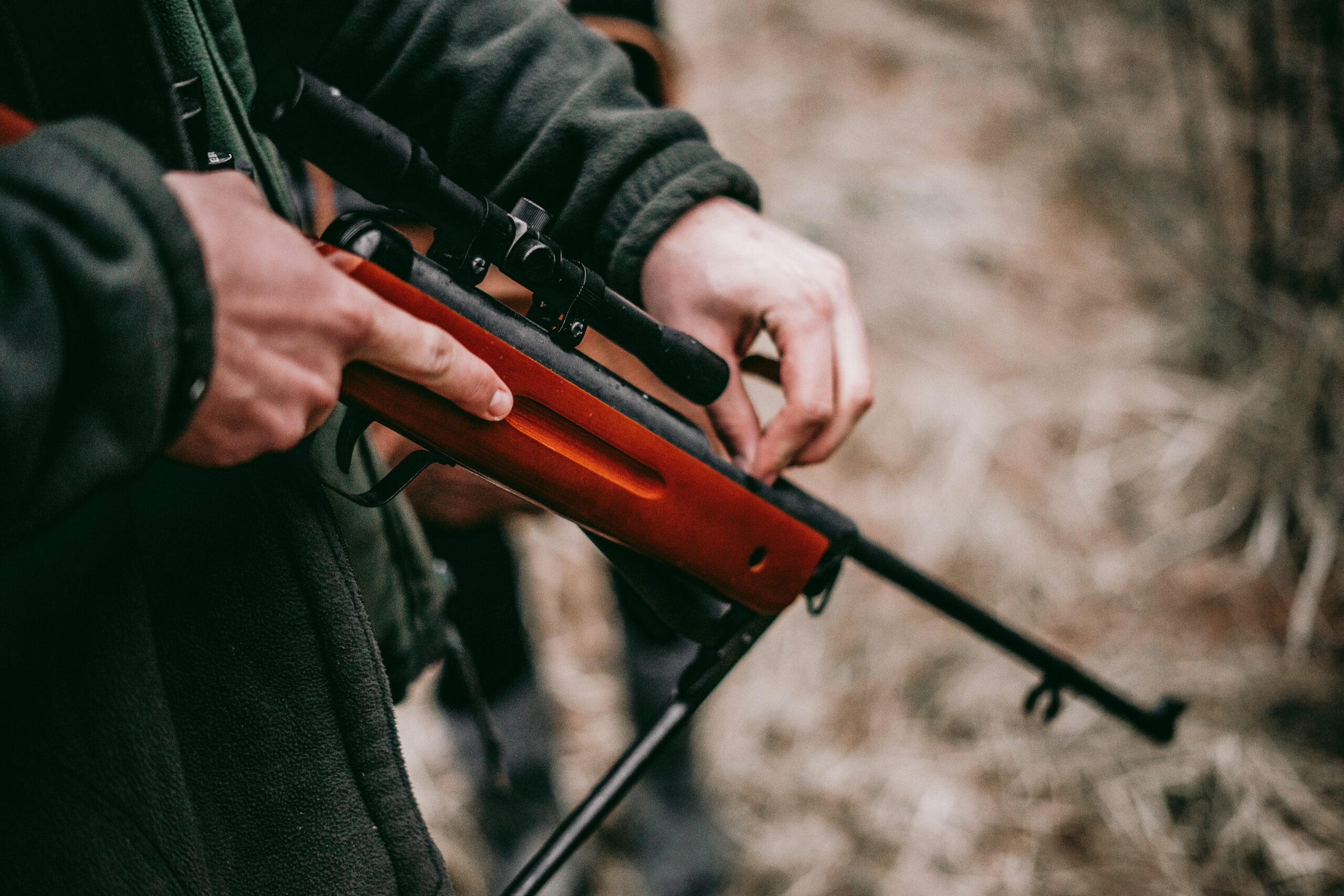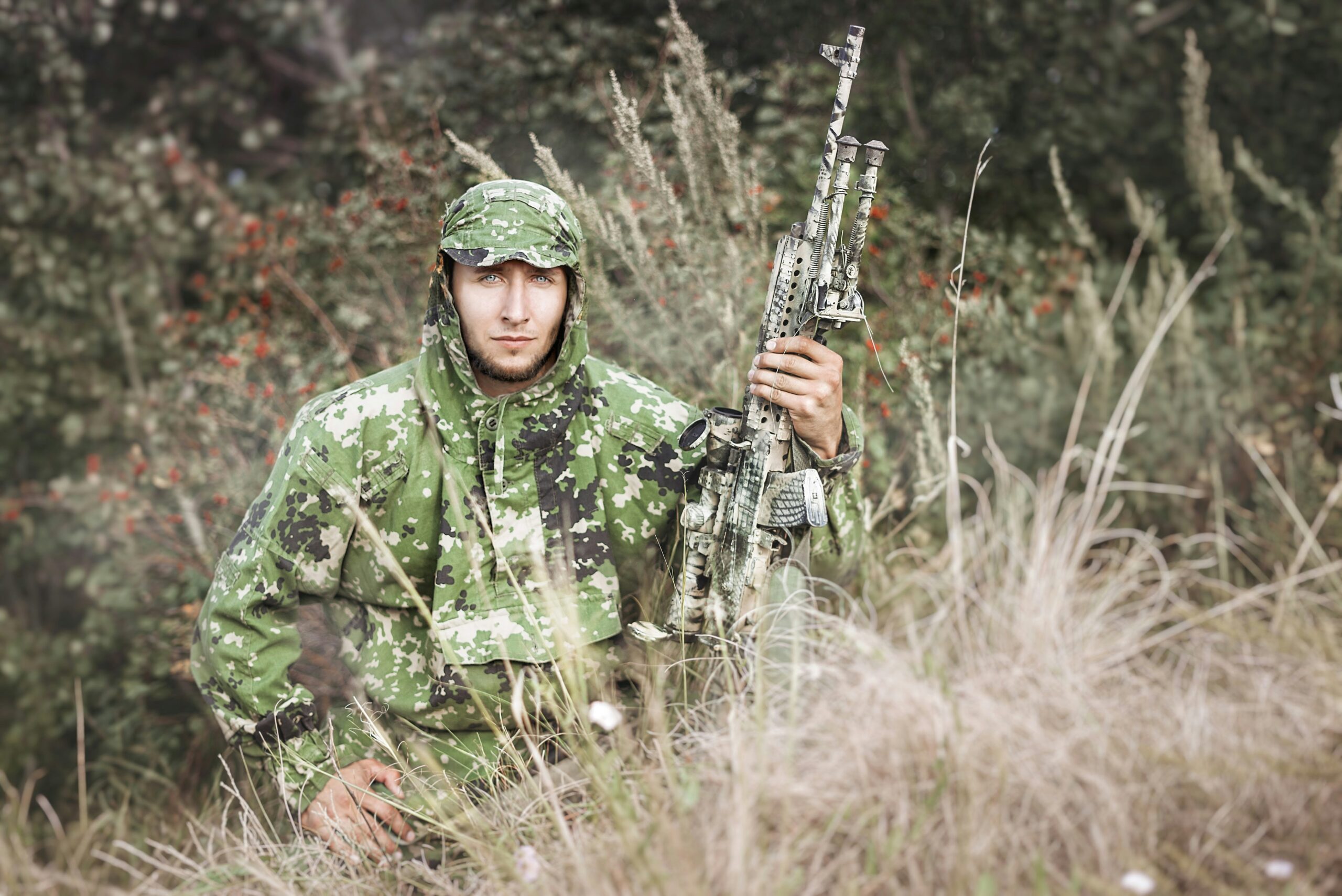Curious about maximizing your crossbow’s accuracy and performance? In the article “Can You Use A Scope On A Crossbow?” you’ll discover how adding a scope can dramatically enhance your shooting experience. By the end, you’ll understand the benefits, types, and tips for selecting the right scope for your needs. Get ready to hit your targets with precision and confidence! Can you use a scope on a crossbow? This question might have crossed your mind as you aim for a more accurate shot during your archery sessions. The idea of enhancing your crossbow’s accuracy and precision with the aid of a scope can be intriguing, especially if you’re looking to elevate your hunting or target shooting game to the next level. In this article, we’ll explore all aspects of using a scope on a crossbow and help you understand how it can benefit you. Let’s dive in!

What is a Crossbow Scope?
Using a scope on a crossbow involves mounting a specialized scope on the top of your crossbow to assist with aiming. Much like a rifle scope, a crossbow scope magnifies your target and provides a reticle (or crosshair) to help you achieve precise shots.
How Does It Work?
A crossbow scope functions similarly to other optical devices: it collects light through a lens, magnifies the image, and presents it to your eye with a clear aim point. The reticle shows you exactly where the bolt will hit, assuming you’ve calibrated the scope correctly.
Types of Crossbow Scopes
There are different types of crossbow scopes, each with unique features to cater to various needs. Here’s a breakdown:
| Type | Description |
|---|---|
| Red Dot Scopes | Feature illuminated dots for quick target acquisition, typically without magnification. |
| Multi-Reticle Scopes | Provide multiple reticles for various ranges, allowing you to aim accurately at different distances. |
| Variable Power Scopes | Come with adjustable zoom levels, offering flexibility in magnification for diverse situations. |
Red Dot Scopes
Red dot scopes are fantastic for beginners due to their simplicity. These scopes use a red (or sometimes green) dot as the aiming point. They’re quick to aim with and perfect for short to medium range targets.
Multi-Reticle Scopes
Multi-reticle scopes showcase multiple aiming points, which are usually lines or dots along vertical and horizontal planes. These are incredibly versatile, allowing you to aim at different ranges without needing to adjust the scope.
Variable Power Scopes
Variable power scopes, also known as variable zoom scopes, offer adjustable magnification. This means you can zoom in and out depending on your range requirements. They are perfect for versatile hunting conditions where your target distance may vary.
Benefits of Using a Scope on a Crossbow
You’ll find numerous benefits when using a scope on your crossbow, from improved accuracy to better shooting techniques. Here’s how a scope can enhance your crossbow experience:
Improved Accuracy
One of the most significant advantages is the enhanced accuracy. With a scope, you get a precise point of aim, reducing guesswork. This is especially beneficial when you’re shooting at longer ranges.
Better in Low Light Conditions
Many scopes come with illuminated reticles, allowing you to see your aim point even in low light conditions. This can be particularly advantageous during dusk or dawn hunts.
Increased Confidence
Using a scope can boost your confidence. Knowing that you have a powerful tool to help you aim accurately can reduce nervousness and improve your shot execution.
Versatility for Different Ranges
As mentioned earlier, multi-reticle and variable power scopes allow for aiming at various ranges without constant adjustments. This versatility can be crucial during dynamic hunting sessions where targets can appear at multiple distances.
How to Choose the Right Scope for Your Crossbow
Selecting the right scope depends on several factors. Here are some tips to guide you through the selection process.
Determine Your Needs
Are you mainly hunting or target shooting? What ranges will you typically be shooting at? Answering these questions can help narrow down your choices.
Consider Your Budget
Scopes come in a range of prices, from economical options to high-end products. Determine your budget before making a purchase.
Check Compatibility
Ensure that the scope you choose is compatible with your crossbow. Some crossbow models may have specific mounting requirements.
Look at the Features
Examine the features of each scope. Consider elements like magnification power, reticle type, and whether it offers illumination for low-light conditions.

Installing a Scope on Your Crossbow
Installing a scope is generally straightforward, but it does require attention to detail. Here’s a step-by-step guide:
Step 1: Gather Your Tools
You’ll need a screwdriver, the scope, and its mount. Ensure you have a clean and well-lit workspace.
Step 2: Position the Mount
Locate the rail on your crossbow where the scope will be mounted. Position the mount on this rail and secure it tightly with screws.
Step 3: Attach the Scope
Place the scope in the mount and adjust it to your preferred position. Make sure it’s aligned properly. Tighten the mounting rings to secure it in place.
Step 4: Level the Scope
Use a bubble level tool to ensure the scope is perfectly horizontal. This step is crucial for accurate aiming.
Step 5: Zero the Scope
Once installed, you’ll need to zero the scope. This process involves adjusting the reticle so that it aligns with where the bolt hits at a particular distance. It usually requires some trial and error, shooting bolts at different ranges and making adjustments accordingly.
Maintaining Your Crossbow Scope
Proper maintenance of your crossbow scope will ensure it remains accurate and functional for years. Here are some maintenance tips:
| Maintenance Task | Tips |
|---|---|
| Cleaning | Use a lens cleaning solution and a microfiber cloth to clean the lenses regularly. |
| Checking Alignment | Frequent use can knock the scope out of alignment. Periodically check and readjust. |
| Protecting from Weather | Consider using a scope cover to protect it from elements like rain and dust. |
| Storage | Store your crossbow with the scope in a dry, safe place. Avoid exposure to extreme temperatures. |
Cleaning the Lenses
Keeping the lenses clean ensures you get a clear view of your target. Always use a proper lens cleaning solution and a microfiber cloth to avoid scratches.
Checking Alignment Regularly
Scopes can lose their alignment over time, especially after extensive use or knocks. Regularly check and, if necessary, re-zero your scope to maintain accuracy.
Using Scope Covers
Scope covers can protect the lenses and overall scope body from dust, rain, and scratches. It’s a small investment that can prolong the life of your scope.
Proper Storage
When not in use, store your crossbow with the scope in a cool, dry place. Avoid exposing it to extreme temperatures which could impact its functionality.

Common Misconceptions About Crossbow Scopes
Several myths exist about using scopes on crossbows. Let’s debunk some common misconceptions.
| Misconception | Reality |
|---|---|
| Scopes are only for rifles | Crossbow scopes are specifically designed for the ballistic trajectory of crossbow bolts. |
| Red dot scopes are inaccurate | While they may not offer magnification, red dot scopes are highly accurate for short to medium ranges. |
| All scopes are the same | Crossbow scopes vary significantly in design, features, and compatibility. It’s crucial to choose the right one for your needs. |
“Scopes are Only for Rifles”
This is a common myth. Scopes are available for various types of weapons, and crossbow scopes are specifically designed to compensate for the unique trajectory and velocity of crossbow bolts.
“Red Dot Scopes are Inaccurate”
This myth likely stems from misunderstandings about the function of red dot scopes. Though they don’t typically offer magnification, red dot scopes are designed for fast target acquisition and are very accurate for short to medium distances.
“All Scopes are the Same”
Not true at all. Crossbow scopes come in various types and with different features tailored for specific needs and preferences. What works for one might not work for another, so understanding and selecting the right scope is essential.
Popular Crossbow Scope Brands
Several brands are well-known for their high-quality crossbow scopes. Here are some you might want to consider:
TenPoint
TenPoint is renowned for producing reliable, high-quality crossbow scopes. They offer a range of options, from basic to advanced scopes.
Excalibur
Excalibur scopes are known for their durability and precise optics. They provide excellent performance in the field.
Hawke
Hawke offers a wide array of scopes with different features, including some highly specialized models. Their scopes are well-regarded for their clarity and accuracy.
Nikon
Nikon, a well-respected name in optics, also makes crossbow scopes. They are known for their crystal-clear lenses and robust construction.
Safety Tips for Using a Crossbow with a Scope
While using a scope can improve your accuracy, it’s also important to follow safety guidelines to prevent accidents.
Always Check Your Surroundings
Before taking a shot, be aware of what’s behind your target. Ensure there are no people or valuable objects that could be at risk.
Use Proper Gear
Always wear appropriate safety gear, such as protective eyewear. It ensures that you stay safe during your shooting sessions.
Follow Legal Guidelines
Be aware of local hunting and shooting regulations. Ensure you’re using your crossbow and scope within legal guidelines.
Practicing with a Crossbow Scope
Practice is key to mastering the use of a crossbow scope. Here are some tips to make your practice sessions more effective:
Start at Short Distances
Begin with shorter ranges to get a feel for your scope and crossbow combination. Focus on accuracy before increasing the distance.
Vary Your Practice Sessions
Include different shooting positions and distances in your practice sessions. This will prepare you for various real-world scenarios.
Keep Records
Maintain a log of your practice sessions, noting distances, success rates, and any adjustments made. This data can help you track your progress.
Conclusion
Can you use a scope on a crossbow? Absolutely! A scope can significantly improve your accuracy, confidence, and overall shooting experience. By understanding the types of scopes available and how to choose, install, and maintain them, you’ll be well on your way to becoming a better archer or hunter. Happy shooting!
